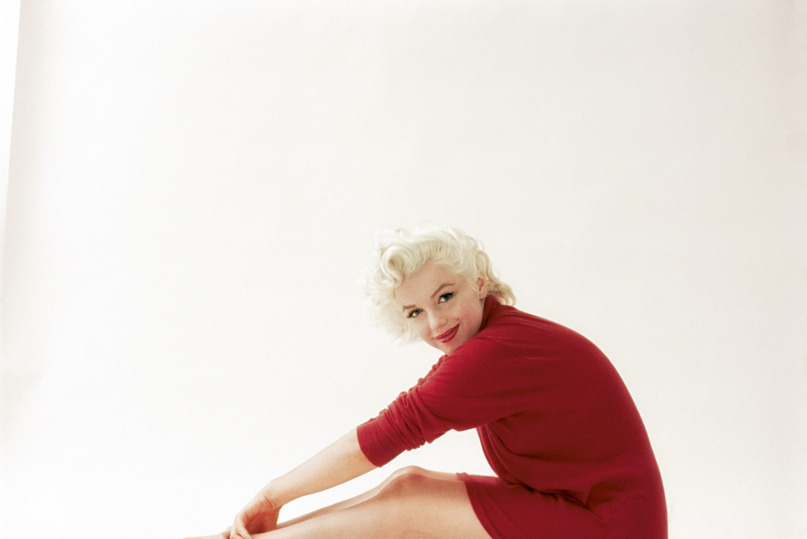Another year of award seasons has come and gone in a swirling haze of sequins and hairspray. This year (like every year) saw some really outstanding female talent – from the female dominated phenomenon that was ‘The Favourite’, to Lady Gaga’s Oscar winning song ‘Shallow’, to Cuarón’s ‘Roma’ which gives recognition to the indigenous maid of a middle-class white family. The role of gender within the industry is an interesting one. For example, would these feats have been considered as remarkable had they been achieved by a man? I got to thinking about how much importance our culture now places on supporting female artists, how their work is instantly exalted by many as feminist and immediately deserving of recognition. Can women in this industry exist outside the fact of them being female?
Looking historically at the role of women in Hollywood, they were generally used as plot devices for men. For instance, Lina from ‘Singing in the Rain’ is the down-to-earth beauty who makes Don realise the true callous and shallow nature of the film industry. Milly in ‘Seven Brides for Seven Brothers’ is the epitome of gentile domesticity and teaches the rugged and feral Pontipee brothers how to treat a lady right – albeit it does end in seven accounts of kidnapping. Even, dare I say it, Mary Poppins allows the absent Mr Banks to realise the importance of family values and working part-time. Marylin Monroe was an actress whose popularity within American culture grew from the feelings of post-war hyper masculinity and new femininity. She is renowned for playing the ‘dumb blonde’, a stock character which has become synonymous with sex. In her lesser known film, ‘The Seven Year Itch’, in which the capacity for the durability of the quintessential 50s nuclear family is called into question, Monroe oozes of easy seduction. With her dresses shrink-wrapped to her body and her voice teasingly coquettish, she becomes not only the fantasy of the nerdy but faithful Richard Sherman but of the audience as a whole. Monroe’s blindness makes her unaware of her own role within the plot – the object of sexual fantasy. This ‘male gaze’, as dubbed by the film critic Laura Mulvey, presents women as sexual objects for the pleasure of the heterosexual male viewer.
While the stereotypical ‘male gaze’ within cinema has progressed slightly beyond skirts flying above breezy street grates, there are other limitations to the representation of women within films. The Bechdel Test, for example, asks whether a work features at least two women who talk to each other about something other than a man. The requirement that two women must be named is sometimes added. Films which have failed this test include, ‘Slum Dog Millionaire’, ‘AVATAR’ and ‘The Grand Budapest Hotel’. Moving on from the traditional sexualisation of women in Hollywood, this test suggests the growing importance of women’s characters within films. Coming back to my original question, can women in films and the industry in general exist as more than just their gender? I say no. We do not live in a post gender society, gender is still massively significant – if anything it’s our favourite topic, gender debates dominate the mainstream media (whenever there is a lapse in the Brexit coverage that is). Greta Gerwig’s nomination for the best director was significant because her film ‘Ladybird’ has cemented itself amongst the coming-of-age greats such as ‘Pretty in Pink’ and ‘The Breakfast Club’. It was also significant (maybe even more so than the film itself) that she was the fifth woman ever to be nominated in this category. The achievements of women in this industry will never cease to be notable until the effects of years of imbalanced opportunities are undone.
Image Credit: Milton H. Greene

